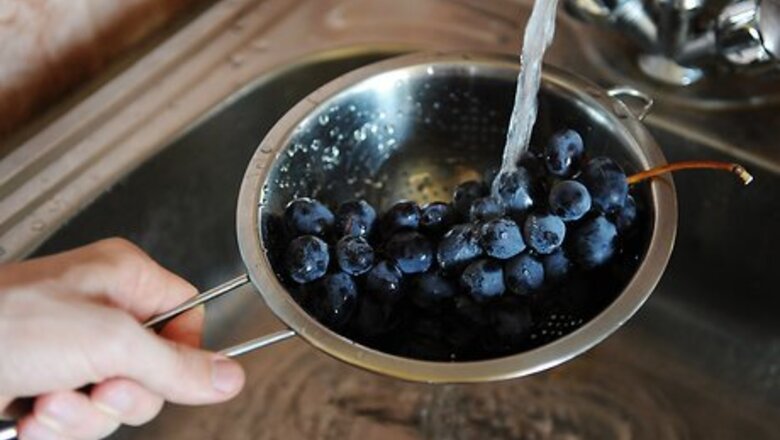
views
Peeling with a Knife
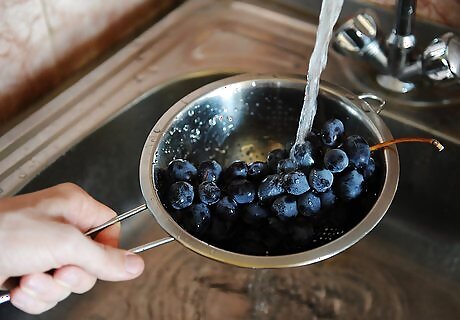
Wash your grapes. Before peeling your grapes, rinse them in cold water from the sink. Hold the grape bunch by the stem, and let the water run over them. Try to cover every grape with water. Make sure there is no residue from the package remaining on any grape, and that their surfaces are all clean and clear.

Remove the grape stems. Take each grape off its stem before you begin peeling it. Either twist or pull it out of the grape to remove it. Toss any grapes with broken skins you come across.
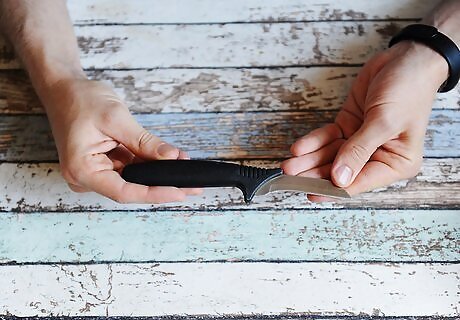
Find a small paring knife or peeler. Clean the knife or peeler first with soap and warm water. Assure it is sharp enough to cut through the skin of the grape. Use a knife sharpener if the blade seems too dull to cut. Do not use a peeler for skinning larger fruits and vegetables, or you may end up taking too much flesh off the grape.
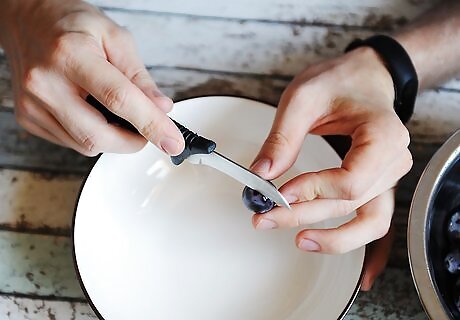
Score the sides of the grape. Make several shallow cuts along the skin of the grape with the paring knife. This will allow the skin to more easily come off when you begin to peel it with the knife.
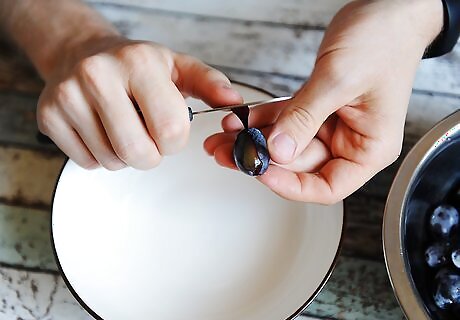
Hold the knife properly to peel the grape skin. Grip the blade of the knife with your dominant hand. Curl your fingers around the blunt side of the blade, and rest their tips against the flat side. The edge of the blade should be facing towards you. Be careful not to press your palm against the blade’s edge.
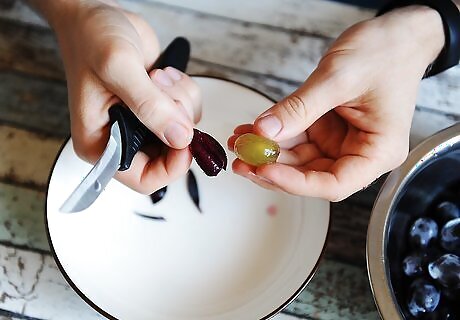
Cut into the grape. Cutting towards yourself for maximum control, carefully slide the edge of the knife under one of the divots you scored in the grape’s skin, and catch the skin with the knife. Use your thumb as a guide while you cut. Make sure the knife is only cutting into the skin, and not the flesh of the grape.
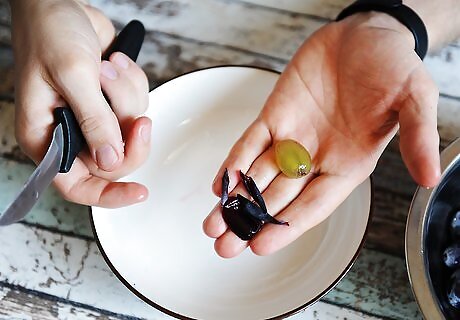
Peel the grape. After catching the skin of the grape with the knife, continue moving the knife towards yourself. Pull the skin of the grape along with the blade until a portion of the skin has been peeled off. Move onto the next score you made in the skin, and repeat with the cut and peel. Repeat until the grape is fully skinned.
Blanching the Grapes
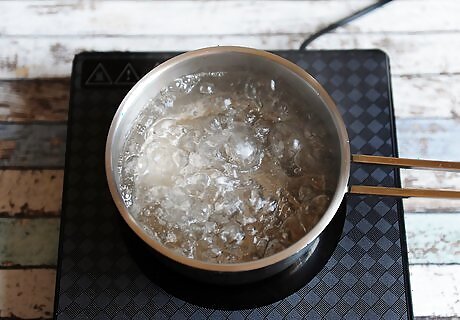
Bring a pot of water to boil. Fill a medium sized cooking pot you can fit a grape bunch into with water, and set on the stove to boil. Continue to let it boil once it reaches the right temperature.

Prepare a bucket of ice water. Fill a bucket or large bowl with water and add enough ice cubes to cover the surface of the water. Wait until the water has become very chilled.
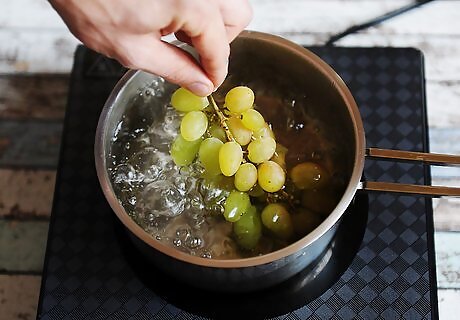
Boil the grapes. Once your water is boiling, hold the grape bunch by the stem and, keeping your hand out of the water, submerge them into the boiling water for 5 to 10 seconds. Remove the grapes after the allotted time, and let the excess water drip back into the pot. Make sure every grape is fully immersed in the water. If you are boiling a single grape at a time, use a spoon or tongs to lower the grape into the water, and hold it there until it is time to remove it.

Place the grapes in ice water. After removing the grapes from the boiling water, place them into the ice water bath. Let them sit there for another 10 seconds. Again, ensure every grape is fully immersed in the water.
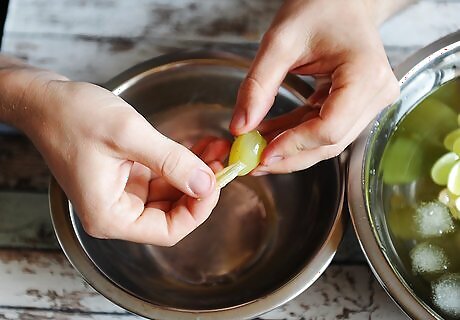
Remove the skin of the grapes. Once in the ice water, the grape skins will become soft and easy to pull away from the flesh. Keeping them in the ice water, use your fingers to pinch the skin and tear it away from the flesh, and carefully peel away the rest of the grape skin. The grape skin may come apart in pieces, or in one big piece.




















Comments
0 comment